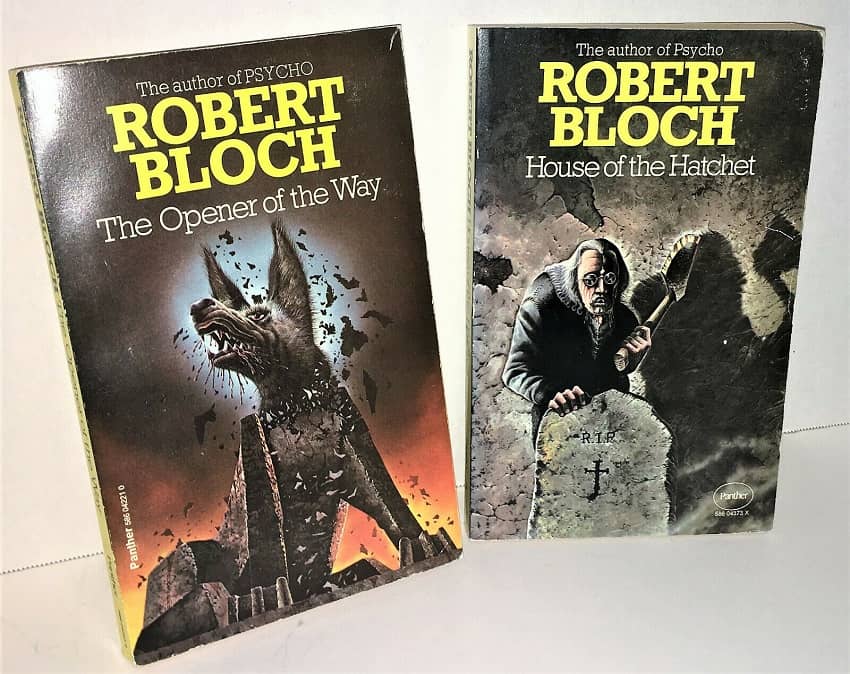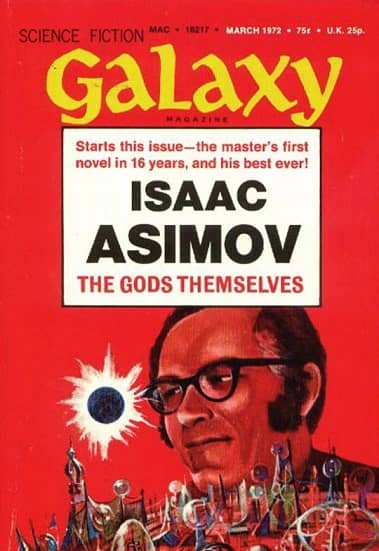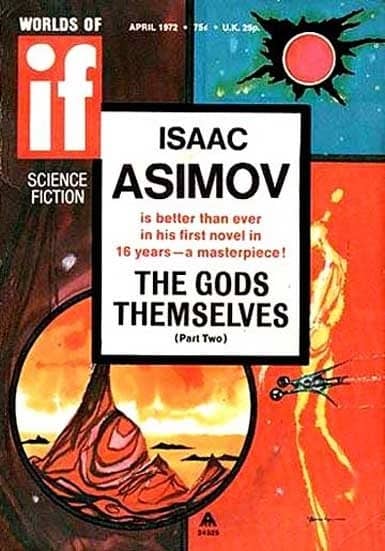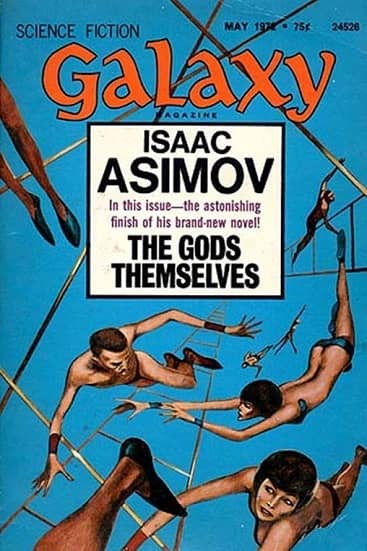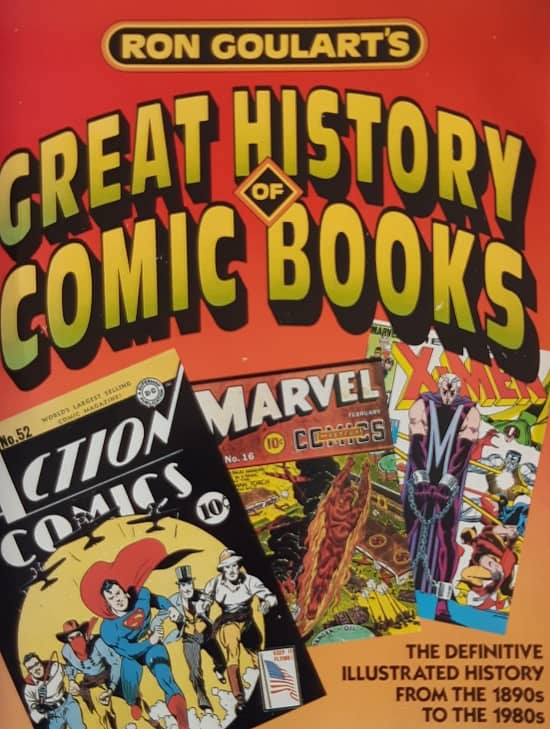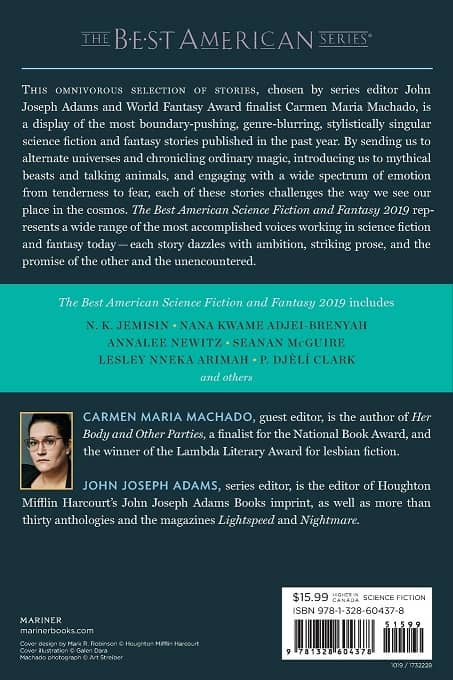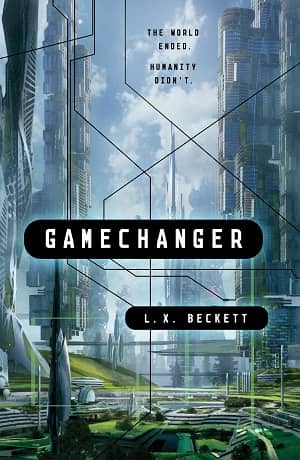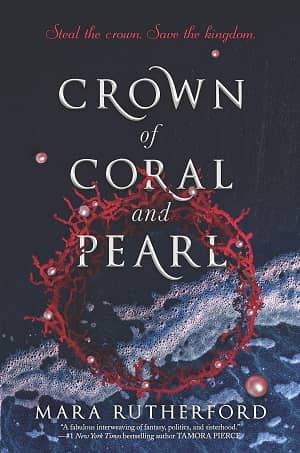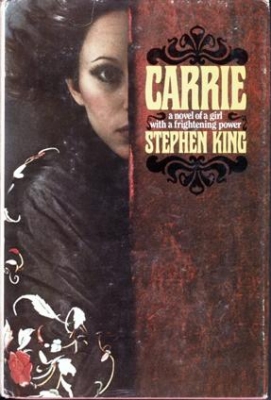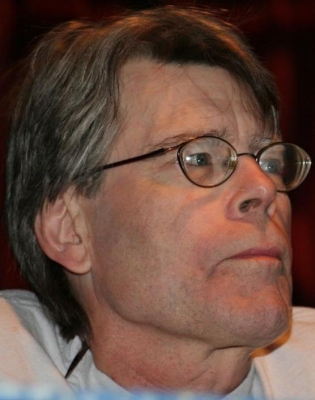The Barnes & Noble Sci-Fi & Fantasy Blog on the Best Science Fiction & Fantasy of September 2019
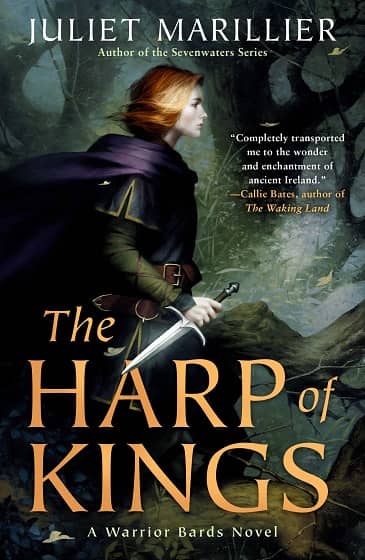 |
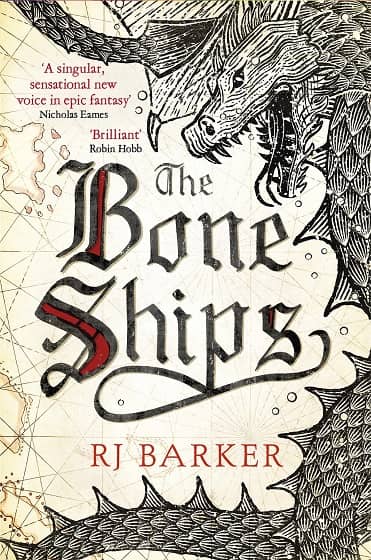 |
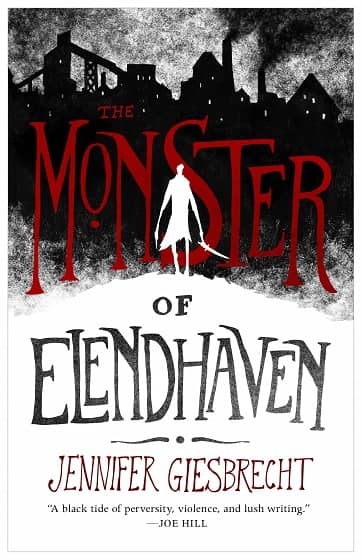 |
After leaving The Verve, Andrew Liptak has landed at Polygon. Or at least his monthly New Science Fiction and Fantasy column did, anyway. He’s in top form in September as he looks at 13 New science fiction and fantasy books to check out this September, including new books by Becky Chambers, Margaret Atwood, Tamsyn Muir, and Stan Lee and Kat Rosenfield.
I was going to feature some of Andrew’s suggestions, but then I checked out Jeff Somer’s Best Science Fiction & Fantasy Books of September 2019 list at the Barnes & Noble Sci-Fi and Fantasy Blog, which features a whopping 32 titles, and it won me over. Sorry Andrew, we’ll get you next time. Here’s a few of the highlights from Jeff’s list.
The Harp of Kings, by Juliet Marillier (Ace, 464 pages, $16 trade paperback/$7.99 digital, September 3)
Liobhan and her brother Brocc are talented musicians and singers training as warriors on Swan Island in the kingdom of Breifne. When the sacred Harp of Kings — vital to the successful coronation of a new king — goes missing just weeks before the Midsummer Day ceremony, they are drafted to pose as traveling musicians on a quest to retrieve the harp before disaster strikes. Soaked in gorgeous Celtic imagery and mythology, this standalone fantasy from the author of the Sevenwaters novels offers a perfect entry point for readers of Naomi Novik and Anne Bishop eager for a book that offers similar pleasures.
The Harp of Kings is Book 1 of Warrior Bards. Our previous coverage of Juliet Marillier includes The Blackthorn & Grim Trilogy.
